|
Have you ever wanted to make a gourmet pizza from scratch, but thought making your own dough and sauce would be complicated, difficult or expensive? You might be surprised that it is quite cheap and easy to make your own specialty pie. Restaurants may charge $14-18 for a pizza, but making your own only requires a little bit of physical work, and about an hour of waiting. I will walk you through doing all of this by hand with affordable ingredients, using utensils you most likely already have in your kitchen. For those with stand mixers, I will have alternate instructions at the end of the recipe. I find that many recipes also add too many steps into a recipe that are just not necessary. My goal with these recipe articles is to take either my own, or existing recipes, and re-write them to make them less complicated and easier to follow. I find that a lot of recipes miss out on important things that they assume people should know, or they just omitted an important step that is hard to figure out after the fact. This is very frustrating to new cooks, and I aim to fix that. Personally, I use a stand mixer for everything now, but I was at a friend’s house over the weekend and I wanted to make stromboli for his family for dinner. He did not have a stand mixer, so I showed him how to do it all by hand. I have not made it that way it in a while and forgot how easy it was to do. Now, let's make some pizza! Flour and Yeast For flour, I just use all purpose (AP) Flour. Nothing fancy, I use whatever store brand is the cheapest. For yeast, you can use either instant or active dry yeast. Both will work, but instant will make your dough rise faster. I bought a jar of Fleischmann’s Rapid-Rise Bread Machine Instant Yeast. I bake a lot, and it stores safely in the refrigerator for a long time. Unless you plan to bake a lot, I would recommend just picking up two packets of either type of yeast. I say two in case one is bad. This happened to me and it wasn't fun running to the store for more yeast in the middle of baking. Proofing Yeast How will you know if your yeast is "bad"? By proofing, or blooming, the yeast. I had no idea what proofing yeast was until well after I started baking. I noticed occasionally that my dough did not rise, but did not know why. I found out that it was most likely due to bad yeast. This can happen sometimes if the yeast is too old from sitting on a store or pantry shelf too long. Most dough recipes include water as an ingredient, which is the only thing you need to proof yeast. The simplest way to do this is to put your yeast in the water before adding it to your recipe. You will need to make sure the water is warm. Not steaming, but warm (100-110*F). I just let my kitchen faucet run on hot until it gets warm, then fill my measuring cup to the appropriate amount of water needed for the recipe. I then dump all the yeast into the water, give it a good stir, and then let it sit for several minutes. You can go ahead and prepare the rest of your ingredients while you wait, and when it is time to add the water, your yeast should be ready to go. What you are looking for is that the yeast granules have puffed or are dissolving and that the water is frothy. If you do not see any froth, stir again and let it sit a few minutes longer. If it still does not produce any froth, then the yeast is bad. Pour it out as you do not want to use it. Set your other ingredients aside and try again with new yeast. If using yeast in a packet, hopefully the next packet is good. If from a jar, it is possible the entire jar is bad. A second proofing attempt will tell you if you should continue with your recipe or not. Now, do not let any of this scare you. Once you have done this and have seen it work, it becomes a routine step you will do any time a recipe calls for yeast. Instant Yeast Technically, you do not need to proof instant or rapid-rise yeast. Instant yeast is always ready to use. The granules are tiny and can be directly added to your dry ingredients without having to proof them. However, I had one experience where I was using packets of instant yeast, and one packet was bad. My dough did not rise, and I had to throw everything away and start over. Because of this, I even proof my instant yeast now, as I cannot trust what I am using is good or bad, and there is no way to tell except by proofing. I also like that the yeast dissolves more thoroughly using water before you put it into your dry ingredients. That is just my personal preference, you don't have to do this if using instant yeast. I have also just poured the yeast right into the dry ingredients and produced the exact same dough that rose in the exact same amount of time. Now that you know how to proof yeast, let us get on to the recipe! Pizza Dough I have tried several recipes over time and came up with this one for my own liking. For all the newer bakers out there, I will be explaining some of these steps a lot more in depth than usual. I know I would have loved to have known these tips when starting out, but I had to figure it out the hard way since many directions are not very well written.
Directions: 1 - In a large bowl, separate out 1 cup of the dry ingredients, and mix it with all of the wet ingredients. It will turn into a soupy mixture. 2 - Add ¼ cup of the remaining dry ingredients at a time, and keep mixing until a solid dough starts to form. 3 - If it is too dry, and the flower is no longer sticking, add the tiniest amount of water at a time until it starts to form a good dough again. By tiny amount, I mean barely ½ teaspoon. That is all you need to get it moist enough to take in more flour. Adding too much water will make the mixture too sticky. 4 - Continue adding the flour ¼ cup at a time, adding tiny amounts of water as needed to get the flour to stick. You should have no dry ingredients left. The dough should be tacky, but not gooey or sticky. It should not heavily stick to your fingers when handling. If so, add a tablespoon of flour at a time and keep mixing it until it is no longer sticky. Once it is no longer sticky, it is ready for kneading. 5 - Sprinkle flour over a flat surface, I just use my counter top. Grab a small amount of flour in your hand, hold it a foot over your surface, and sprinkle it all over, giving it a nice dusting. Use more or less as needed, depending how sticky your dough still is. It should look like a light snow covering your surface. 6 - Take the dough out of the bowl and place it on the floured surface. It may be in a nice ball or may be in lumps like mine is in the photo. Either is fine. It will turn into a ball when you are finished with it. 7 - Knead the dough for a few minutes, pressing it out, folding it over itself, etc. until it has good elasticity. Make sure it is stretchy. If it is sticking to your fingers at all, sprinkle more flour on your work surface and on top of the dough and continue to knead it. Knead it gently into a ball shape when you’re finished. You should have a nicely formed dough ball by now. 8 - In a large clean bowl, spray (or wipe) a light coating of olive oil on the inside of the bowl. While the dough is rising, you can make your marinara sauce. Since I wanted to make this as one start-to-finish recipe, I will keep these two recipes in the same article for ease of use. Marinara Sauce Rather than make one huge post, you can click here to see the Marinara Sauce how to. Once your sauce is ready, or if you are going to use sauce from a jar, then continue on. Making our Pizza Now comes the fun part. Building your very own gourmet pizza, using the dough and marinara sauce you just made! 1 - Check your dough; it should have risen fully by now. Notice the dough in my photo has doubled in size from the small dough ball to nearly filling the bowl with soft, puffy dough. 2 - Gently punch the dough down with your fist to let all of the air out. You only need to press gently, you don’t need to pummel it. 3 - Remove the dough from the bowl and knead it for another minute on a clean, floured surface to form a nice dough ball again. 4 - Roll your dough out into whatever shape you wish. In this instance, I am making a round pizza. You can make a square pizza, you can roll it into a Stromboli, you can fold it in half for a calzone. You can cut it into pieces and make bread sticks. This dough can be used for whatever pizza dough creations you like. For ease of use, I use a pizza pan. I used to use a stone, but I just can’t get the pizza to slide onto it very easily into the oven, so I just use a pizza pan to make it easier on myself. You can use a rectangular baking sheet too. There is no wrong way to do this. Just make sure the shape of your dough fits whatever you are putting it on. Pizza Toppings What do you put on a pizza? Whatever you want! There are no right or wrong ingredients for your homemade pizza. My wife has a dairy intolerance and will be using non-dairy mozzarella, and for some reason she likes banana peppers, so her half will have those. My half will have regular mozzarella cheese and no banana peppers. The rest of the pizza will have the same shared ingredients across both halves. For veggies, I went with onions, mushrooms and olives. For meats, I went to my local grocery store deli, and bought all Boar's Head meats. I got four slices each of hard salami, sandwich pepperoni and a bourbon smoked tavern ham. The meat only cost about $4 total, which is as much as a small package of cheap pepperoni. The taste is so much better using higher end meats. There is no shame in using whatever you have around the house. Typically, we just use cheap pepperoni and whatever random lunch meat we have in the refrigerator. If using lunch meats, cut them into smaller pepperoni sized pieces so you aren’t biting into large pieces of meat that will tear and slide off later. Layering your toppings: Typically, I start with sauce, followed by a meat layer or two. I then add my cheese layer, then another layer of meat (if you have more) followed by the rest of the toppings, such as veggies and mushrooms. If you want more cheese, add more to the top! Baking the Pizza Cost Breakdown
I hope you enjoyed this recipe. My wife and I make this a few times a month. We typically save the left over marinara sauce for making a nice meaty pasta dish. That sauce is amazing! If you have any suggestions for future recipe write-ups, please leave a comment or write me an email.
0 Comments
Leave a Reply. |
Categories
All
Archives
August 2022
|
- Home
-
Abandoned Travels
-
Abandonments
>
- 2014-2015 >
-
2013
>
- CMX Construction
- Orange House 01
- Fertilizer Plant
- Egg Plant
- Box Plant
- Ellaville Bridge Revisited
- Gold Kist Farms Silos
- Lafayette House 03
- Columbia House 01
- Columbia Barn 01
- Cash's Towing
- Coastal Revisited
- Suwannee Shack
- Hernando House 01
- Lafayette House 02
- Lafayette House 01 Revisited
- Lafayette Chimney Revisited
- Lafayette Quarry Revisited
- Williston Urbex
- Elljay Garage
- 2012 >
- 2010-2011 >
- Travels >
- Nature >
- Water >
-
Abandonments
>
-
Games
- Food
-
VATS Sucks
- Stuff
- About

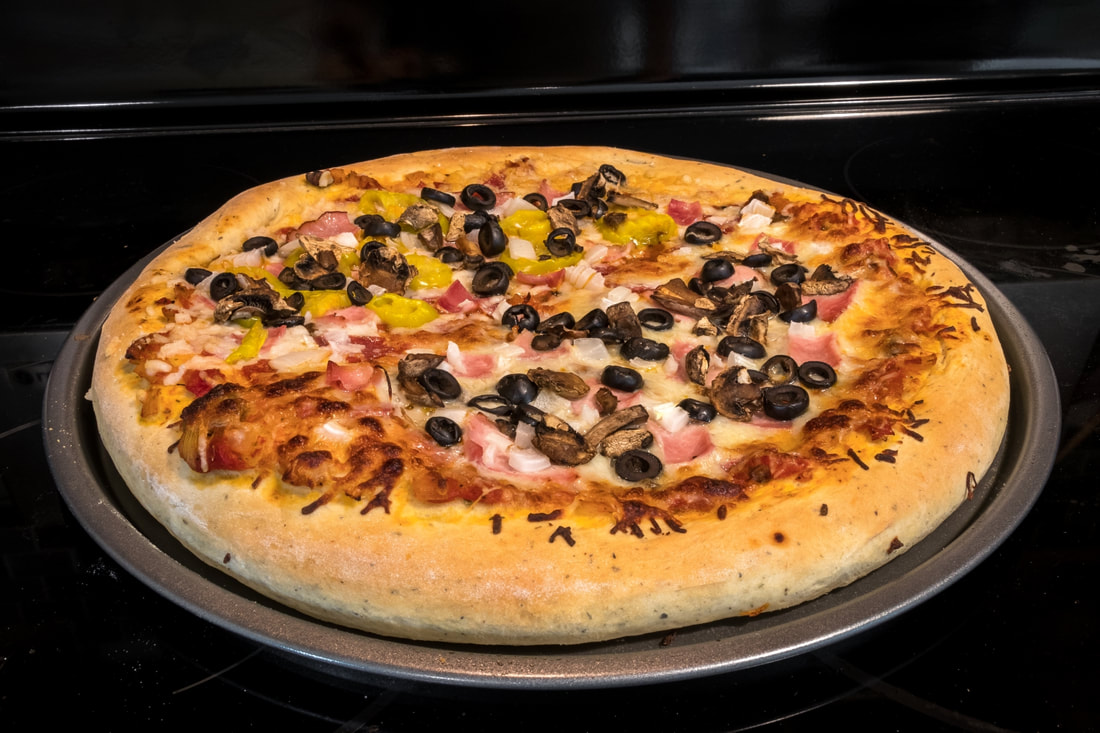
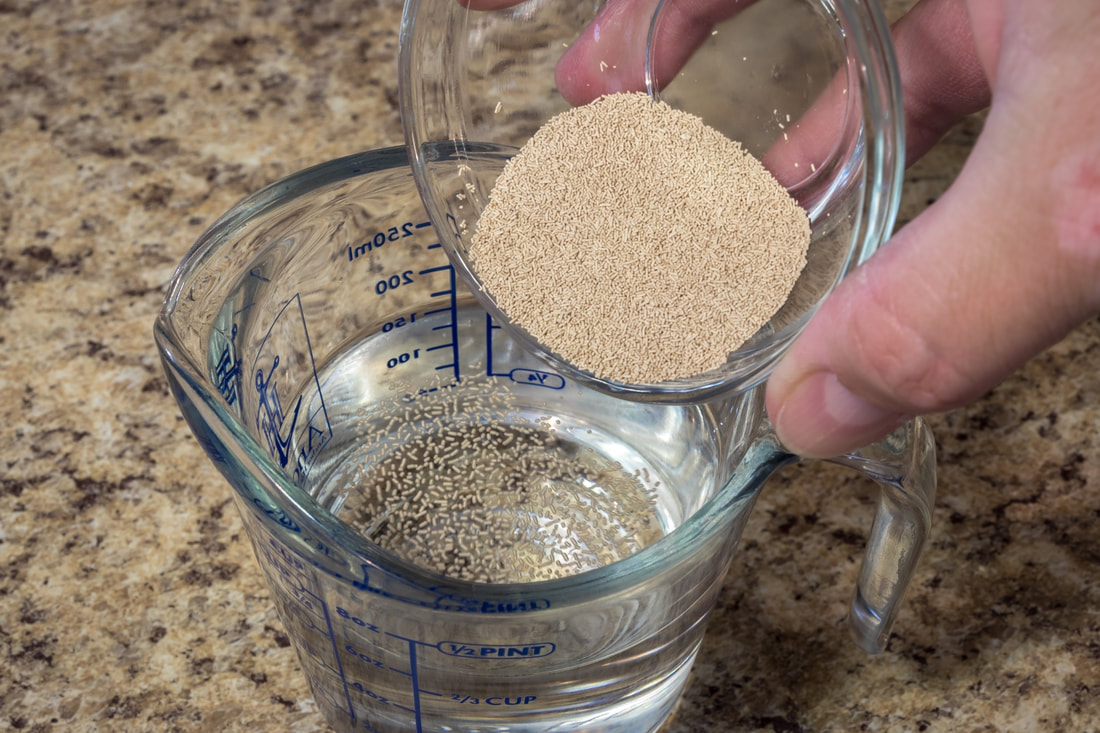


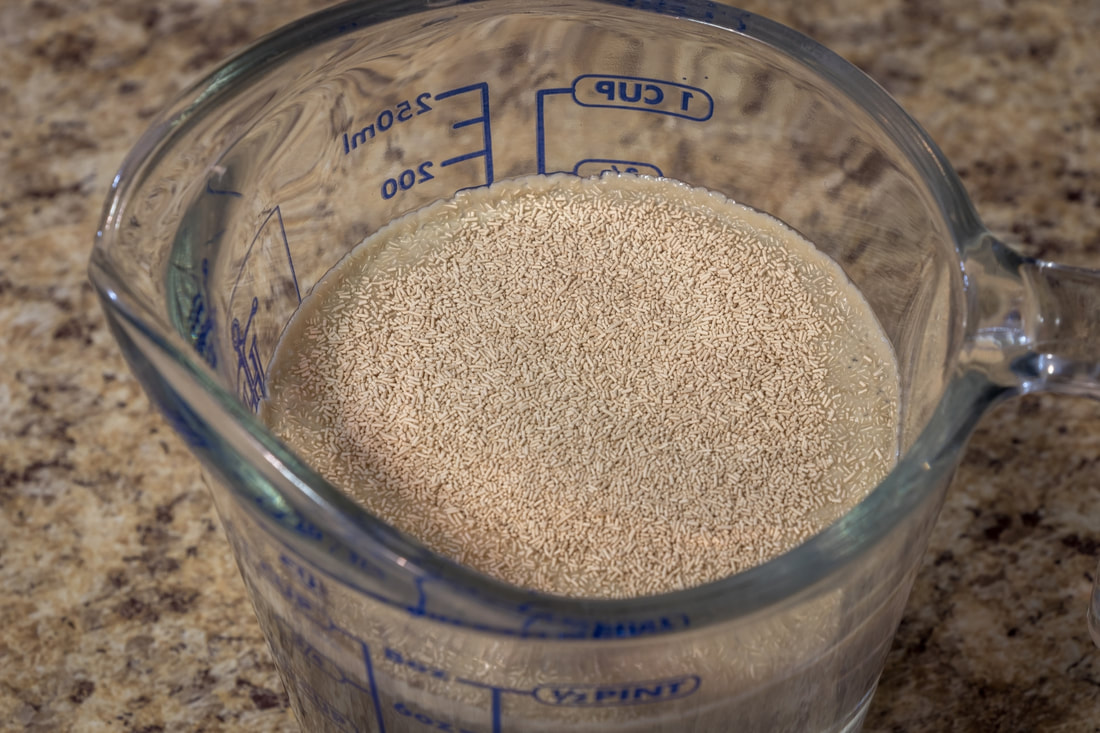


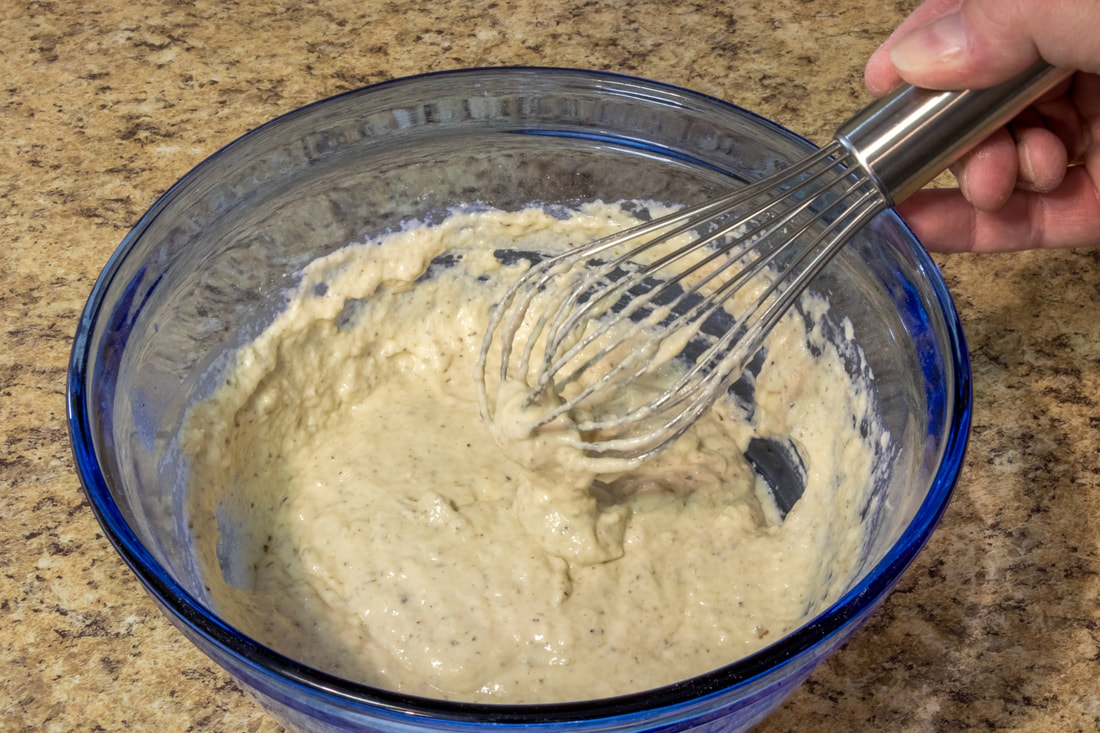


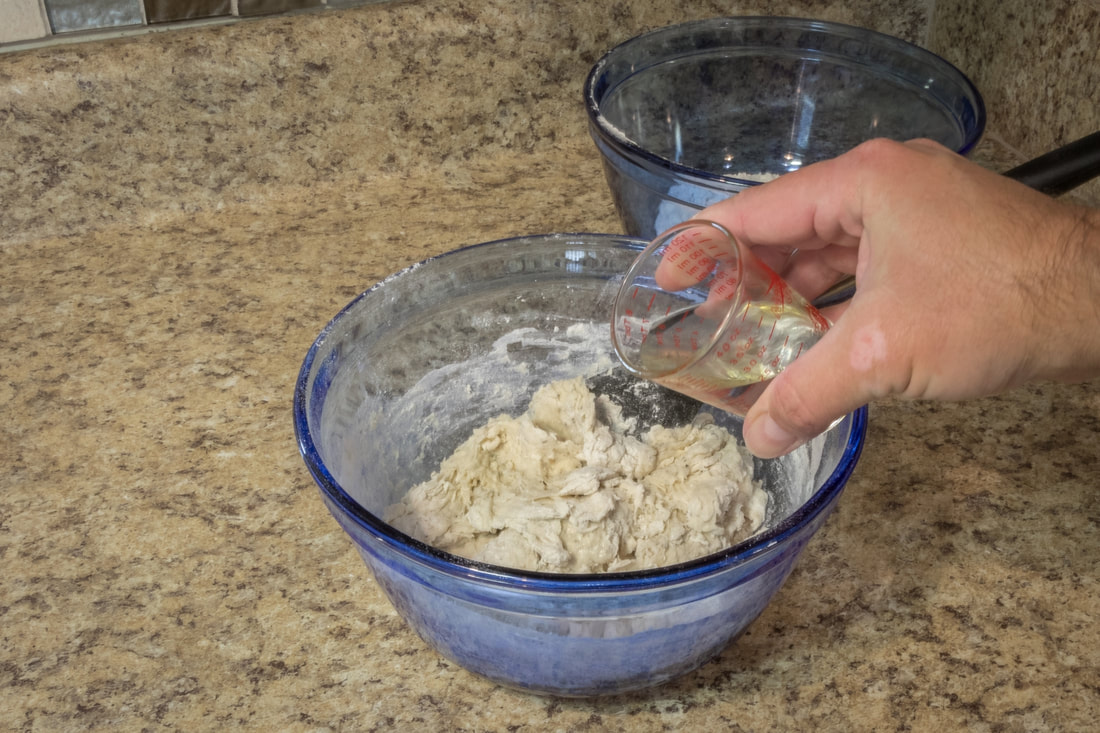

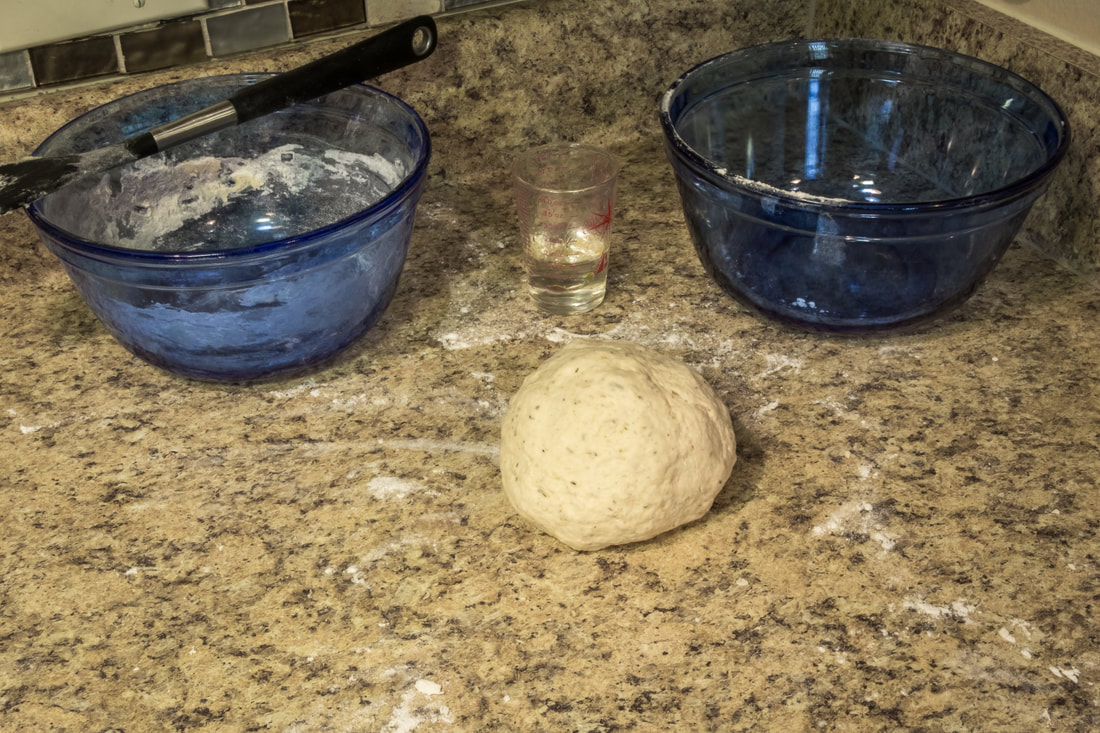
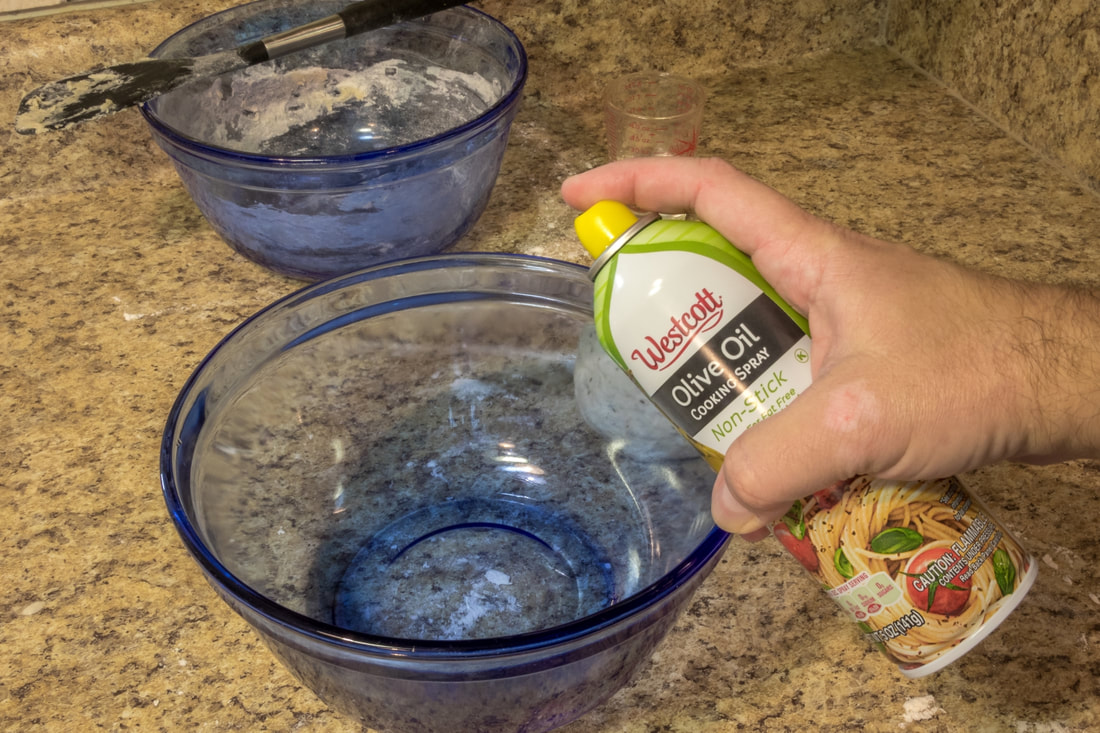







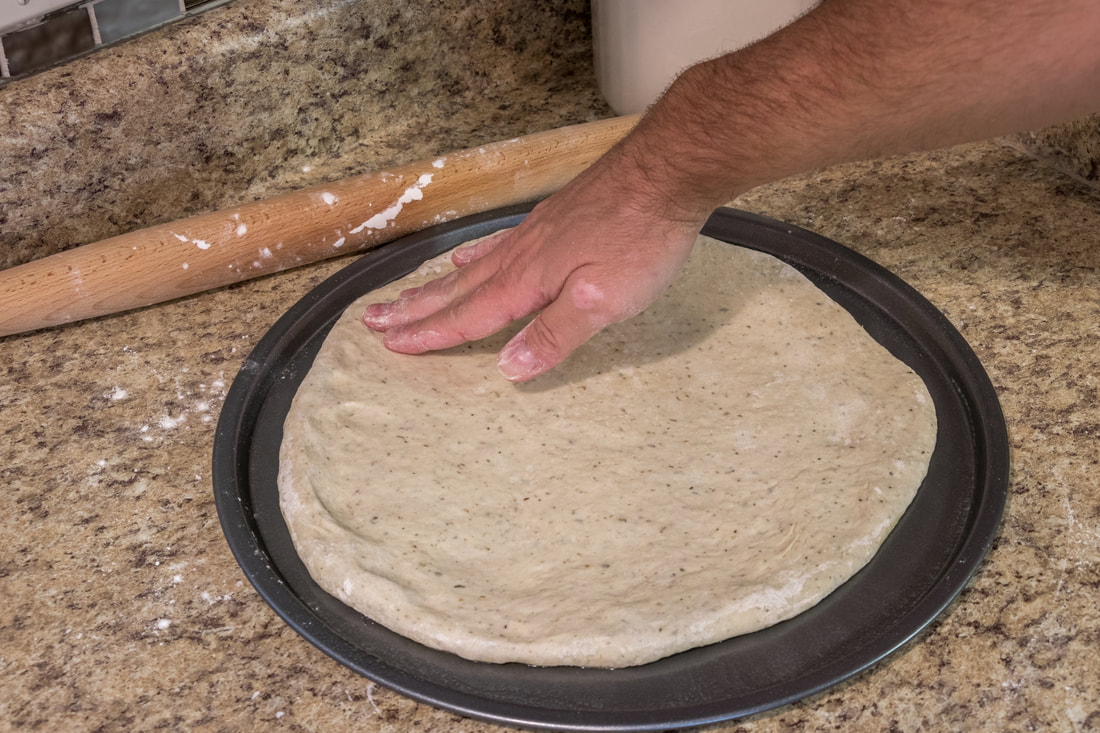


 RSS Feed
RSS Feed